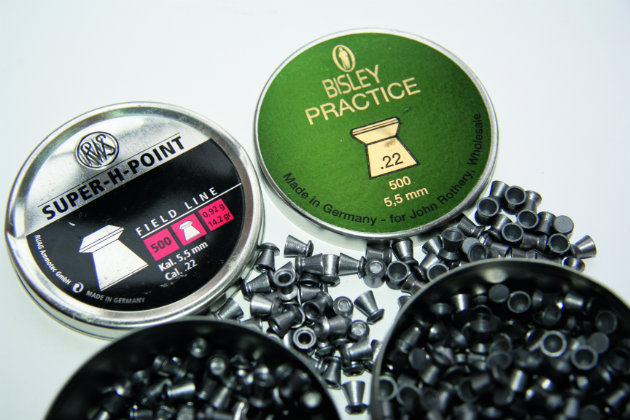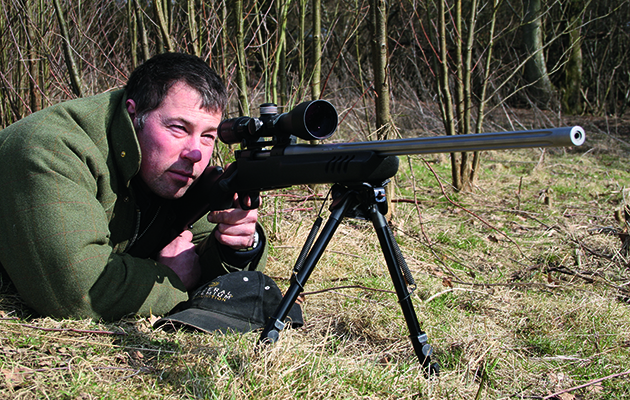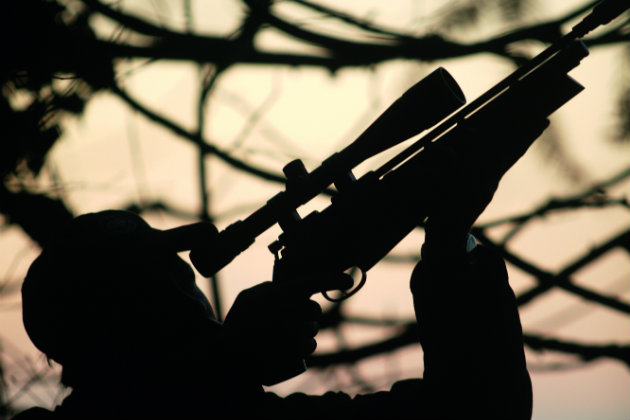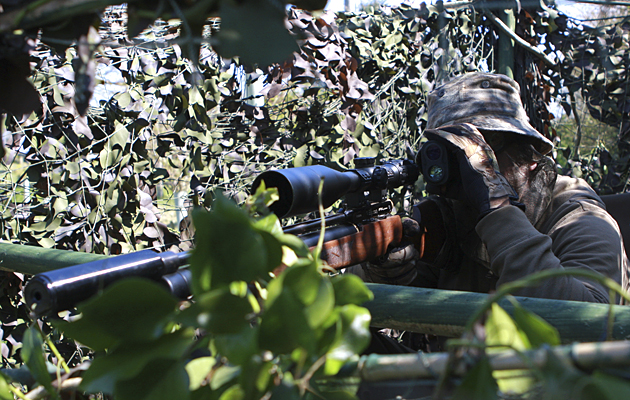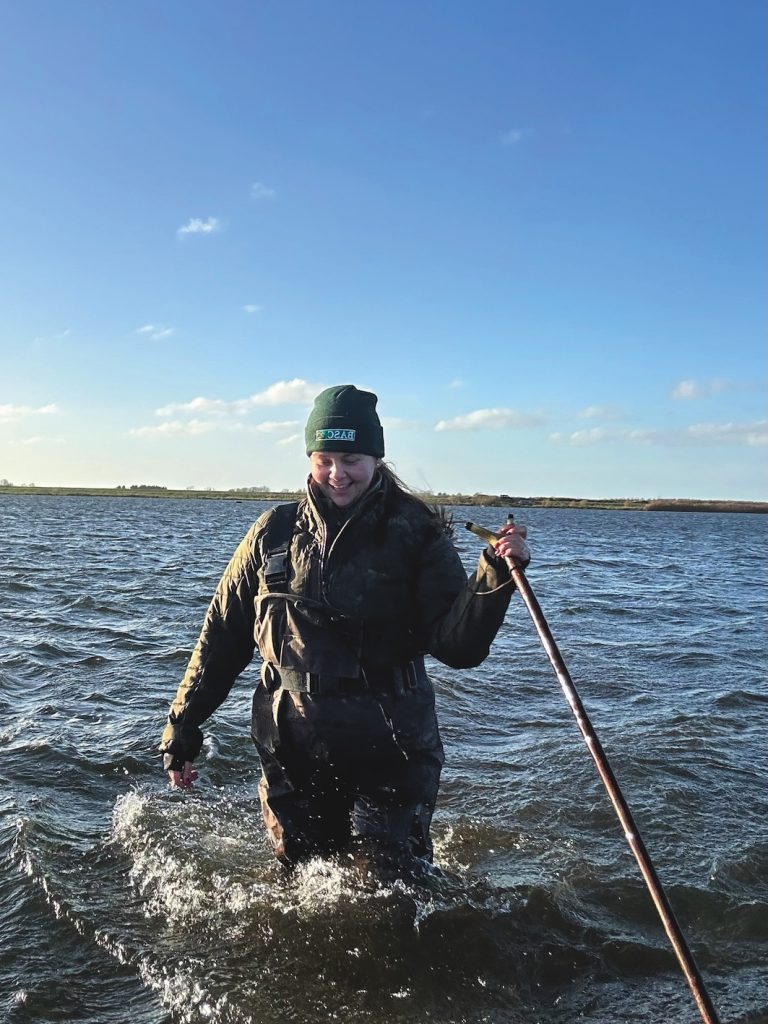With the extensive range of airgun pellets now available, how can I find out which would be the most suitable…
Win CENS ProFlex DX5 earplugs worth £1,149 – enter here
Should I get my son a junior-sized airgun or a full-size?
<strong>The importance of young people to shooting</strong>
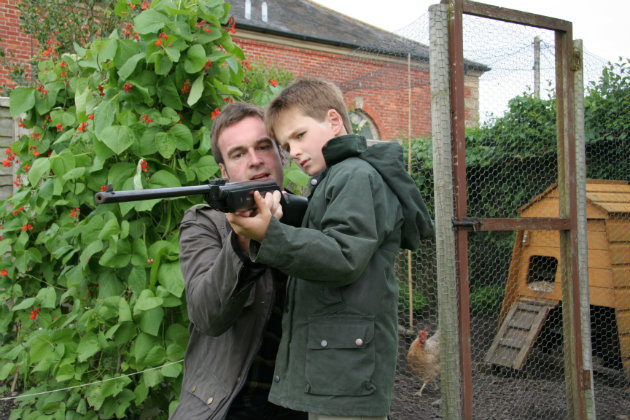
Q: I’m planning to buy a spring-powered airgun to introduce my eight-year-old son to shooting. There are numerous junior-sized airguns on the market but wouldn’t it just make sense to get a full-sized one and let my son grow into it rather than buying twice?
Matt Manning replies:
A: Though it is tempting to buy a larger gun for a young shooter to grow into, my advice would be to opt for a model that has been designed for use by juniors. It is likely that a conventional airgun will be much too big for an eight-year-old. That could make it difficult and uncomfortable to shoot, whereas an airgun with smaller proportions will be far more manageable and should therefore give your son a more enjoyable and rewarding introduction to shooting. Junior-sized spring guns also tend to produce lower power levels than their full-sized counterparts. Apart from making them safer to use in the garden, this also makes them a lot easier for smaller shooters to cock.
Back to basics with your airgun
“The more I practice, the luckier I get,” is a saying most commonly attributed to golfer Gary Player; but whoever said it first, the…
Air rifle questions we’re often asked
Q: Do I need a licence for an air rifle? If you live in England or Wales and have…
How big a garden do I need for shooting with an airgun?
A: Apart from in Scotland, where it now looks as though police officers will need to visit households to carry out an inspection…
At what age should children learn to shoot?
Below is a piece we published back in 2012, following a survey undertaken by the Countryside Alliance.
It’s never to early to start
Last year the Countryside Alliance (CA) embarked on an ambitious project to identify the issues young people face when starting out in shooting. To help us investigate these issues, we conducted a National Shooting Survey between June 2011 and February 2012, in which we asked the shooting public what they thought about the problems associated with encouraging young people to take up shooting. We believe the results could be invaluable to the future of our sport.
The importance of young people to shooting is well understood but, until this point, we have never exactly known to what extent. As a result of this survey, we can now support our statements with hard facts. With more than 3,000 respondents from almost 400 clubs, groups and syndicates, the survey is the most up-to-date reflection of the views of the shooting community.
Most importantly, the survey has analysed the age at which people learn to shoot. Almost two-thirds of adults surveyed learned to shoot before the age of 14. This is highly significant, as 14 years was put forward as the minimum age for a shotgun certificate in a recently proposed bill by Labour MP Thomas Docherty that was seen off after a strong campaign from the CA. Using the 2006 PACEC (Public and Corporate Economic Consultants) figure of 480,000 people that shoot live quarry, this would suggest that 285,431 (59 per cent) of these people learned to shoot before the age of 14.
If you don’t learn to shoot young, you never will
The survey also showed that if people don’t learn to shoot while they are young, they probably never will. This is important, as it proves that teaching people to shoot when they are young means they are more likely to remain in the sport.
Another significant discovery is that young people and adults share similar preferences with regard to shooting disciplines. Broadly speaking, each of the disciplines that young people said they participated in was the same as for the adults, and it was also found that many people, young and old, participate in more than one discipline.
Gameshooting was the most popular type of shooting for both adults and the young. This is good news, because it means that youngsters are not exclusively spending their formative years shooting targets and clays before progressing to game. Though this is useful for learning proper marksmanship and gun-handling, field skills are also necessary. It appears our young are gaining this important experience, and it implies that young Shots should not be treated differently from adults.
Moreover, the survey shows that introducing people to one kind of shooting sport does not necessarily mean they will follow that discipline exclusively for the rest of their lives. This implies that clay grounds, rifle clubs and scout and cadet forces, though not directly gameshooting-related, can introduce people to shooting who will eventually gravitate to different sports.
Another striking similarity the survey found was the way in which people are taught to shoot. When the different age groups are analysed, there is surprising consistency across all age groups, with around 60 per cent being taught by friends and family. Nevertheless, differences do occur when the age at which people were taught to shoot, rather than the age they are at now, is analysed. For example, 75 per cent of the adults who learned to shoot under the age of 12 were taught by family or friends (50 per cent being taught by parents), while only 10 per cent were taught by a shooting instructor. As 31 per cent of all adults learned below the age of 12, this means that the majority of those who shoot were taught by family or friends.
The percentage taught by a family member falls as the age increases. As new shooters get older, they are more likely to be taught by instructors, school clubs, the Combined Cadet Force (CCF), scouts or other cadet forces. For the age range 15 to 17, the percentage taught by family and friends drops further to 59 per cent. The family figure drops again in the age range 18 to 24, when the other category expands to include university clubs, self-teaching and the military.
These results are significant in many ways. Firstly, they display that young people under 14 years of age are most likely to be taught by their parents, family or friends. This may seem obvious, but it is crucial, as this is the key age at which most learn to shoot. The significance of this group cannot be overstated, as 63 per cent had parents that shoot, which suggests that this important group of people will diminish by more than a third each year. As a result, other means, such as clubs, groups, cadet corps and professional shooting instructors, play a key role in introducing new people. This makes non-traditional routes all the more important as avenues for all types of shooting, and highlights the need for initiatives such as National Shooting Week to get people into the sport.
The main purpose of the survey was to identify the barriers that people believe are preventing young people from getting into the sport. Some 76 per cent of young people said that the public perception of shooting was the biggest barrier to youngsters taking it up, closely followed by prohibitive cost (74 per cent) and restrictive laws for young people (72 per cent). Meanwhile only 39 per cent thought that other sports competed for their attention. Proper tuition and lack of parental support gathered 34 per cent and 30 per cent respectively.
The adults’ opinions differed from the youngsters’. A total of 84 per cent of adults thought that access to land was the biggest barrier; however, with 74 per cent finding it important, both groups agreed that cost was the second most important factor. Public opinion of shooting was third, with 69 per cent. Adults found proper tuition (44 per cent), health and safety regulations (51 per cent), and safety concerns (54 per cent) to be the least significant barriers.
Club members thought that prohibitive cost was the biggest barrier, with 80 per cent of respondents citing this reason. A further 73 per cent thought that access to land was a main concern. Public opinion of shooting was a close third with 68 per cent. Safety concerns, lack of parental support and property tuition were the least important barriers according to clubs.
These differences in perceived barriers make more sense when you consider the point of view of the individual. Young people probably see public opinion of shooting as their main concern because the views of their teachers and classmates about shooting may not be positive. In comparison, access to land for shooting would be more of an issue for adults because they are the ones concerned with sourcing such land over which to shoot. This would be less of a concern for the young people who are being accompanied or instructed.
The consensus is that public opinion of shooting, prohibitive cost and access to land appear to be the biggest barriers that young people face when getting into shooting. On the other hand, the survey showed that there are many individuals (50 to 75 per cent of whom actively teach) and clubs willing to help young people learn to shoot, hence proper tuition fails to be a significant hurdle. Concerns over safety were barely mentioned either, which shows that the sport’s exemplary safety record is well known.
This survey highlights many issues that are crucial to shooting sports. It shows that the vast majority of people learn to shoot while they are young, and it underlines the importance of family and friends at this age. It also shows how important young people are to those who try to restrict our sport, and why everyone in the shooting community should support our campaign to prevent a minimum age on owning a shotgun certificate.
Written by David Taylor, the CA’s shooting campaign manager. He would like to thank everybody who took the time to complete the survey.
Related Articles
Get the latest news delivered direct to your door
Subscribe to Shooting Times & Country
Discover the ultimate companion for field sports enthusiasts with Shooting Times & Country Magazine, the UK’s leading weekly publication that has been at the forefront of shooting culture since 1882. Subscribers gain access to expert tips, comprehensive gear reviews, seasonal advice and a vibrant community of like-minded shooters.
Save on shop price when you subscribe with weekly issues featuring in-depth articles on gundog training, exclusive member offers and access to the digital back issue library. A Shooting Times & Country subscription is more than a magazine, don’t just read about the countryside; immerse yourself in its most authoritative and engaging publication.






